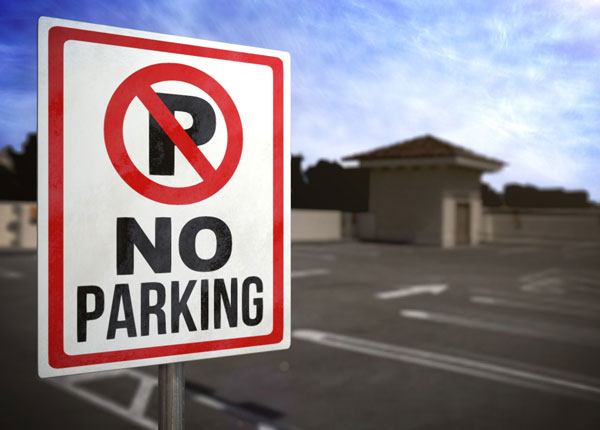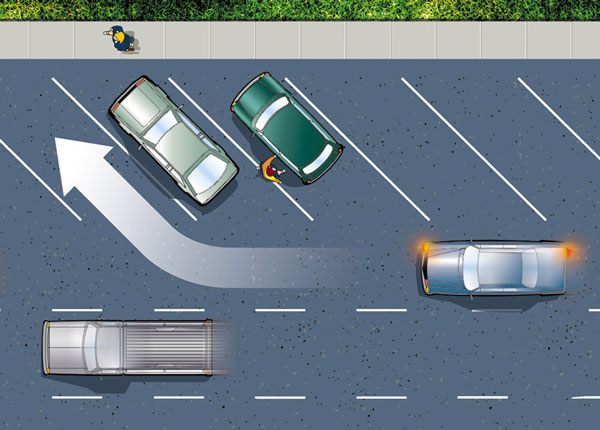
How To Avoid Illegal Passing Situations & Dodge That Ticket (w/ Pictures)
Updated Nov. 16, 2020Like most rules of the road, the rules concerning passing may have slight differences from one state to the next. However, the general situations in which passing is illegal apply across America – and in most other western countries. You must learn when passing another vehicle is prohibited, as this knowledge will be assessed during the theory and practical driving tests.
Qualified drivers must also keep up-to-date with passing rules and restrictions, as making an illegal pass could earn you a ticket and create a dangerous driving situation. Do not pass another vehicle under any of the conditions listed below.
When is passing illegal?
While these are the most common situations in which passing another vehicle is prohibited, be sure to consult your driving handbook for state-specific information, in addition to memorizing these general rules.
Passing is illegal when:
- 1

A curve in the road limits your view.
You must be able to see that the road is clear for at least 800 feet in the opposing traffic lane. This will not be possible when the road curves sharply. - 2

There is a hill up ahead.
When approaching a hill, vehicles traveling towards you in the opposite lane may be hidden. - 3

Weather conditions restrict your line of sight.
Visibility will be too low to pass safely in snowy, rainy or foggy conditions. Unfavorable weather makes driving hazardous enough, without adding low-visibility passing to the mix. In most states, passing in these conditions is illegal. Check out our hazardous condition articles to learn more about driving safely in these situations. - 4

You are passing through an intersection, or are within 100 feet of an intersection.
The precise distance from an intersection at which passing is prohibited may differ slightly from this in your state. Though it is best to play is safe and use “not within 100 feet” as your rule. - 5

You are less than 100 feet away from a tunnel or bridge.
Passing is not safe as the road may narrow up ahead. Legal distances may vary slightly in your state. - 6

You are less than 100 feet away from a railroad crossing.
Legal distances may vary slightly in your state. - 7

You are using a center turn lane or passing would require you to enter the center turn lane.
These lanes may only be used to make a left turn, or to enter the road from a driveway or alley. Passing in a center turn lane is illegal. - 8

The road is marked with “DO NOT PASS” or “NO PASSING ZONE” signs.
- 9

Road markings forbid passing on this stretch of road.
These markings may be used alongside road signs. Passing is generally prohibited when there is an unbroken dividing line between lanes, on your side of the divide. - 10

A school bus displaying red flashing lights or a “STOP” arm has stopped ahead of you.
In this situation, you should stop 20 feet away from the bus until it moves off. Never attempt to pass a stopped school bus. - 11

You would be passing on the right side of the vehicle in front.
There are some circumstances in which passing on the right is permitted but it is usually illegal, in most states. Check your state’s own driving handbook for details. - 12

The vehicle you intend to pass is turning left.
If you attempt to pass at the same time, a collision is almost guaranteed. - 13

There are more than two lanes of traffic traveling in your direction and the vehicle you hope to pass is using the left-hand lane.
These rules should be relatively easy to remember, as they are largely common-sense restrictions. If passing another vehicle would put you or another road user in danger, it is probably illegal. As we mentioned above, be sure to check your state driver handbook for local rules and restrictions which may not be listed here.




